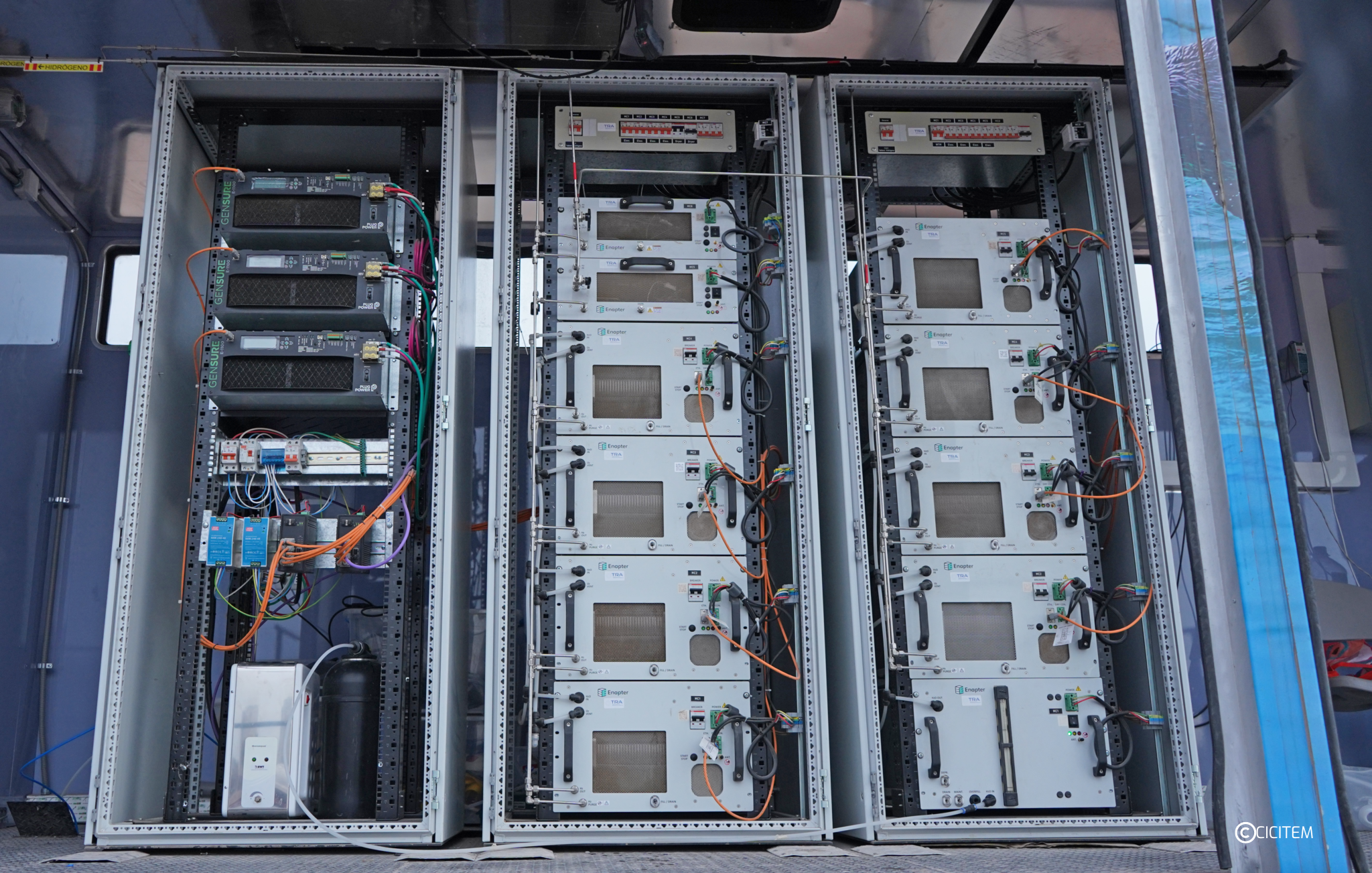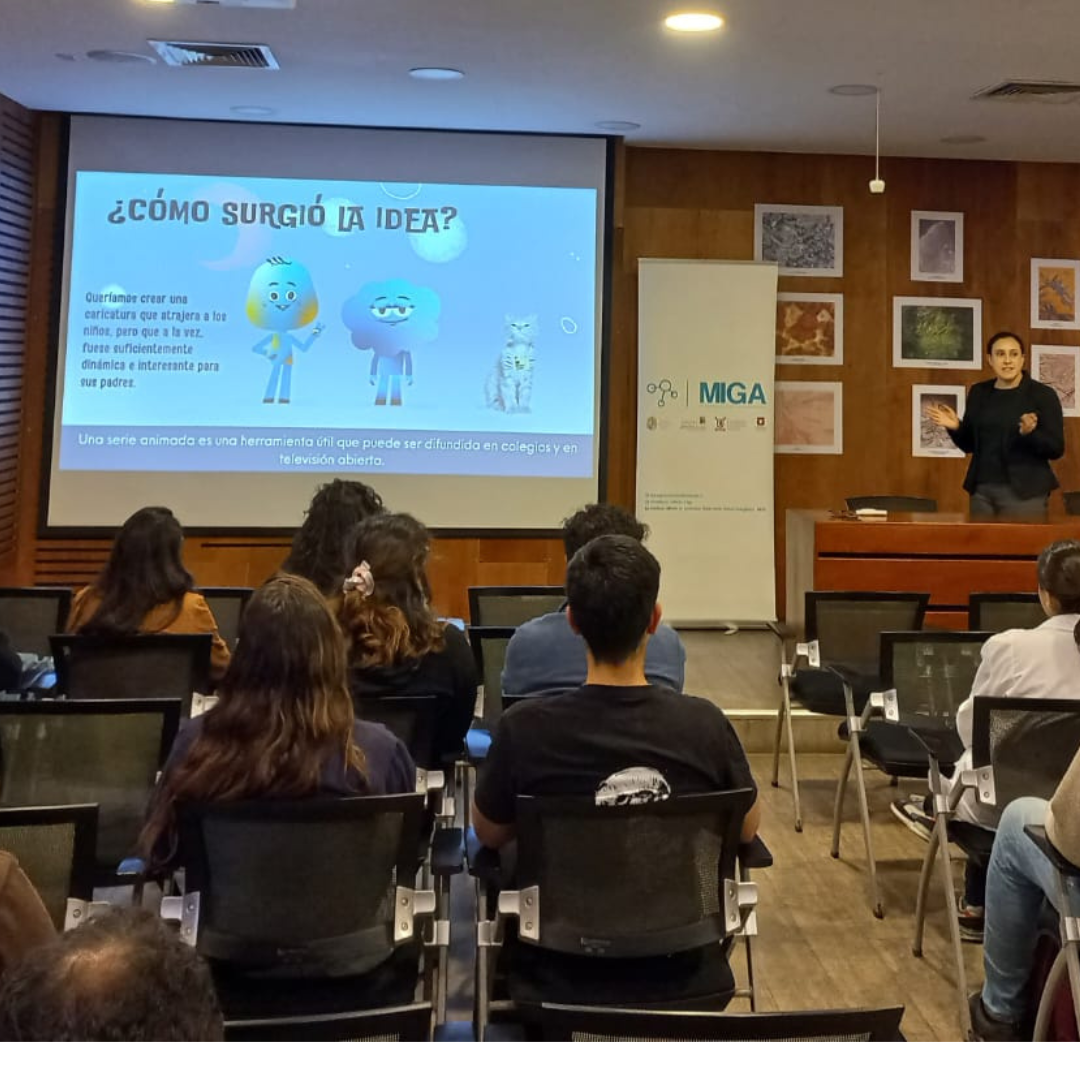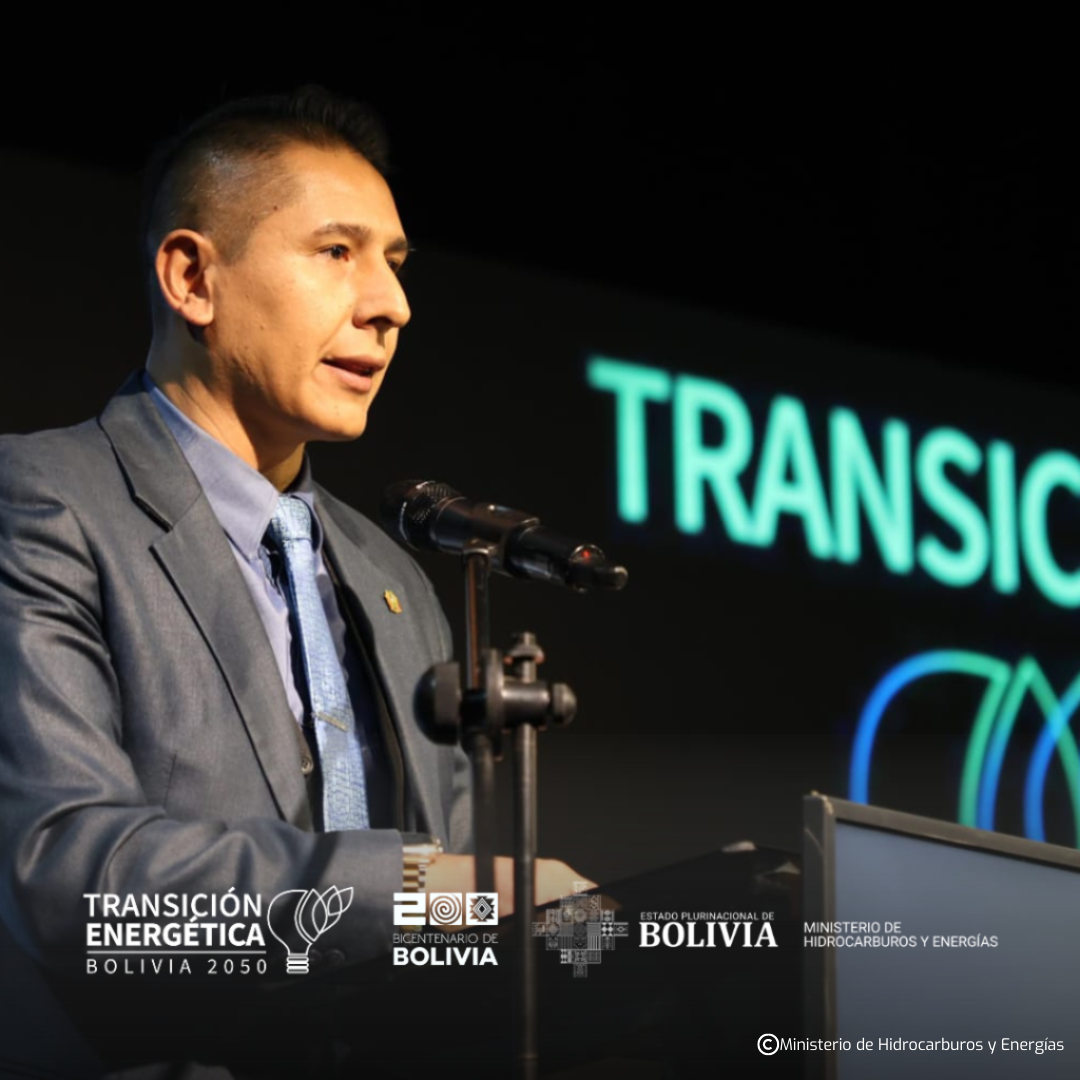With a scientific, territorial and collaborative approach, the Scientific and Technological Research Center of the Antofagasta Region promotes the development of local capabilities within the framework of a sustainable industry.
CICITEM and green hydrogen, advancing with its Mobile Pilot Plant in northern Chile

The Scientific and Technological Research Center of the Antofagasta Region (CICITEM) marked a milestone at the beginning of 2024 by sharing the results of its project “Transfer evaluation of solar green hydrogen generation potential”. The study has a mobile green hydrogen pilot plant, unique in the world, which allowed to quantify – under real conditions – the real potential for hydrogen generation from photovoltaic energy in northern Chile.
During the implementation of the initiative, monitoring campaigns were carried out in different parts of the territory, for example: Antofagasta, Calama, Mejillones, San Pedro de Atacama, Chacabuco, Tocopilla and the PSDA, measuring production efficiencies, since this efficiency is affected mainly by variables such as temperature, solar radiation and altitude. Talks and training were also given to support decision making and promote public and private multisectoral coordination. In addition, to contribute to the training of human talent for the development and installation of the H2Verde industry, to advance in the production of green fuels, to work in the reduction of local pollution and, consequently, in the improvement of the quality of life and health of our inhabitants.
Thus, the knowledge and experiences acquired by the energy team led by Dr. Lindley Maxwell through the Mobile Pilot Plant, allowed the elaboration of a regional map of quantification of green hydrogen generation, a document that provides certainty to the industry and is published on the CICITEM website, www.cicitem.cl.
In light of this information “The green hydrogen opportunity in Antofagasta cannot fade away; it must be transformed into an industry with high technical, environmental and social standards. This will bring back the dreams of sustainable growth and development on a human scale. “Rubén Rojo, director of CICITEM, pointed out, and in this way the work continued during the year, materializing more initiatives, greater linkages, greater formulation of R&D&I projects and, consequently, more institutional strengthening.
Below, learn about the work carried out by the research center during 2024:
- Scientific work inspired by the territory
The “Pre-feasibility study for energy storage from H2V for CESPA” was prepared with the objective of evaluating the technical and economic pre-feasibility of installing a 24/7 renewable generation and storage system in San Pedro de Atacama. The project evaluates different scenarios, based on an expansion of the photovoltaic system coupled to a hybrid storage system using BESS technology and hydrogen. Therefore, the Mobile Green Hydrogen Pilot Plant will be operating in situ, providing key empirical data for the research. By obtaining this information, it is expected to meet the subsequent objective of reducing electricity generation costs and replacing the current consumption of fossil fuels used by CESPA in its daily operations to inject electricity into the city.
This initiative is part of the regional hydrogen strategy and the H2VA Hub, consolidating the partnerships established with a comprehensive approach from a local perspective. “Facilitating the development of capacities previously nonexistent in the region, for the management of hydrogen as a means of energy storage and thus, contribute significantly to the formulation of national policies related to this energy vector” says Dr. Maxwell, principal investigator of the Energy Line of CICITEM.
- Key project to consolidate the H2V industry in the region
“Research and development in the use of Green Hydrogen from the region of Antofagasta” is the name of this initiative financed by ANID, which will allow regional research to develop and validate technologies that use green hydrogen in the synthesis of strategic derivatives and as a reducing agent in metallurgical processes. It also proposes the development and validation of technologies for bifunctional reactors, oriented to the use of H2V in the direct synthesis of second and third stage derivatives in the synthetic route, with the objective of optimizing energy efficiency and optimizing the infrastructure associated with the current processes.
The region of Antofagasta, located in northern Chile, presents very favorable conditions to produce hydrogen at comparatively low costs, mainly due to the potential of non-conventional renewable energies that the territory has. The challenge is, then, to transform them into competitive advantages and start working on the preparation of professionals, strengthen infrastructure and promote hydrogen consumption locally.
Now with this research work, the CICITEM team plans to make significant advances in green hydrogen knowledge and technologies, including the development and validation of novel applications for the synthesis of strategic derivatives and reduction processes in metallurgy, says Dr. Maxwell.
The main objective is to study and evaluate multifunctional catalysts for the synthesis of ammonia and acrylonitrile using green hydrogen, seeking to optimize efficiency and profitability in industrial applications. Additionally, it is proposed to investigate and analyze multifunctional catalysts for the direct and indirect synthesis of dimethyl ether (a compound similar to natural gas) using green hydrogen and captured CO₂, with a focus on maximizing hydrogen conversion and process intensification.
It is also proposed to study the reduction of ores, concentrates, tailings and solutions of hydrometallurgical processes with green hydrogen, in order to evaluate kinetic aspects and the formation of various species. Another key component is to design and validate, at laboratory level, processes for the production of metal powders using green hydrogen for powder metallurgy applications.
Finally, it seeks to establish a cooperation network that integrates research teams and training programs, both master’s and doctoral, at national and international level, focused on the research of green hydrogen applications.
“Along with strengthening capacities and linkages, we hope that this research will have an impact on the attraction, retention and training of advanced human capital, and that it will generate critical mass within the subject matter in which they are framed, so that they respond to those problems or opportunities, both local and national, that require inter-multidisciplinary approaches or national/international standards for their eventual resolution,” concluded Rubén Rojo, director of CICITEM.
Source: CICITEM
¡Suscríbete a H2LAC Review!
Recibe nuestro newsletter mensual y sé el primero en recibir información actualizada sobre el desarrollo del hidrógeno verde en la región.
Noticias relacionadas









